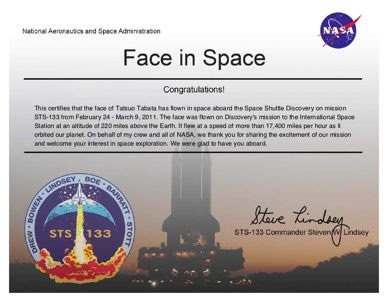Early January of this year, I read the essay entitled "A gift from my grandmother" [1]. The idea of this blog post has been in my mind since then. The author of the essay is the philosopher Michiko Hasegawa, who is the granddaughter of Yaeko Nogami. The "grandmother" in the title of the essay means this famous novelist; and the "gift," a letter written by her. That letter is quoted by spending the space of just one-third of the full essay.
When she was young, Hasegawa made a literary work of the review style, " 'Sasameyuki' to yamato-gokoro {[Jun'ichiro Tanizaki's] 'Sasameyuki' and the psychology of the Japanese}" and sent it to the literary magazine "Umi (The Sea)" of Chuokoronsha, Inc. Then, Yaeko wrote that letter and handed it to her granddaughter, saying, "Use this when you think that it might help you." Hasegawa's work was accepted for publication without the help of her grandmother's kindhearted letter. So, the "gift" has been in a deep corner of a drawer of Hasegawa's desk more than 30 years. Reading it again, she writes, "This is not a simple, private letter but my grandmother's essay on her theory of arts and literature."
On reading Hasegawa's essay, I could not but ponder about what I could do for my grandchildren. Soon after that, my oldest grandson (freshman of a university at the time) had his birthday. It has been my practice these years to write him an English email on his birthday. This year, I included in that annual email my advice to him as a small gift. The advice was the same one as written by Professor Akira Suzuki, one of the 2010 Nobel laureate in chemistry, in The Asahi Shimbun shortly before that and was also based on my own experience: "You, university students, should read text books, not in Japanese translation, but by original English editions."
Some days later, I was acquainted with an overseas, 16-year old boy on Twitter. He tweeted that he intensely admired Einstein; and that he asked his teacher about the relativity but that he was not given answers. So, I asked him to write me what kind of questions he had. He continually asks me serious questions, and I write him answers to all of them by thinking that doing so is a gift, not to my own grandchildren, but to the boy of the same generation as the grandchildren. (As for those questions and answers, I will write a series of blog posts in due course.)
- Michiko Hasegawa, The gift from my grandmother, Tosho No. 743, p. 6 (2011) In Japanese.



